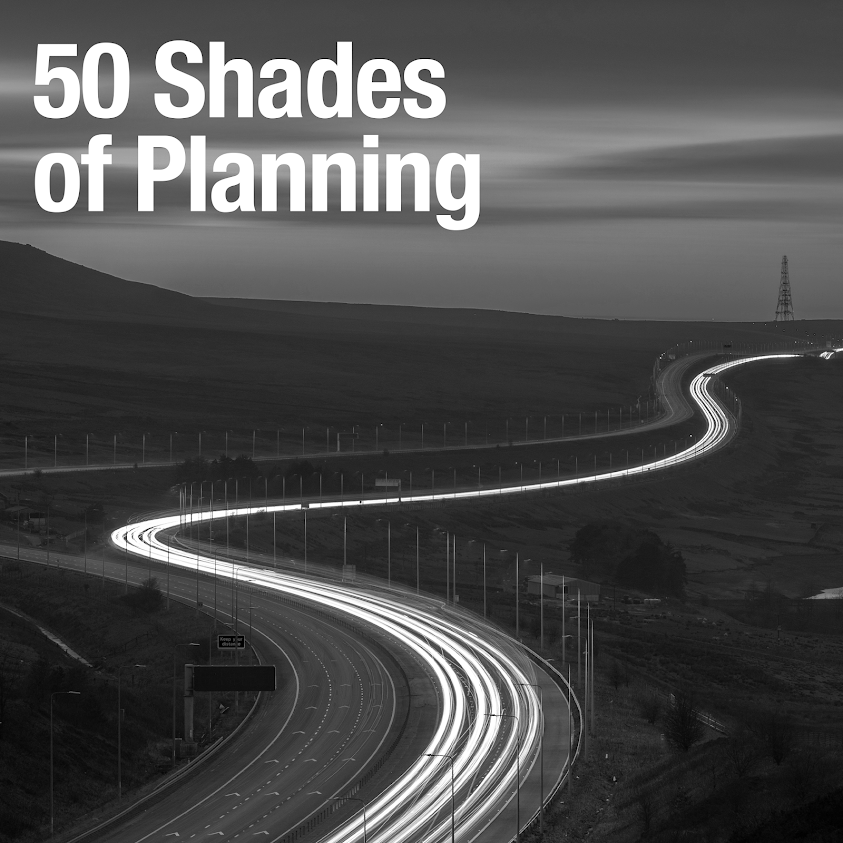Master developers. Not just developers, but master developers. It is a bit like saying that Mr Miyagi was just proficient in karate. No, he was a karate master. To master something is to be beyond proficient. Masters have acquired complete knowledge and skill. Master developers are all the rage nowadays. When Oliver Letwin, from the right, and Nick Raynsford, from the left, are recommending that local authorities play a more active role in the development of large sites, and with the emboldened, muscular Homes England getting in on the act, it is hard to escape the conclusion that master development is the zeitgeist. The master developer role (unkind definition: ‘roads and sewers merchant’, kind definition: ‘place-maker’) has perhaps risen in prominence as a result of two overlapping trends. Firstly, there has been a maturing of the land promotion model that emerged as a result NPPF1 and the ‘presumption of sustainable development’ when local plans are held to be either out-o
